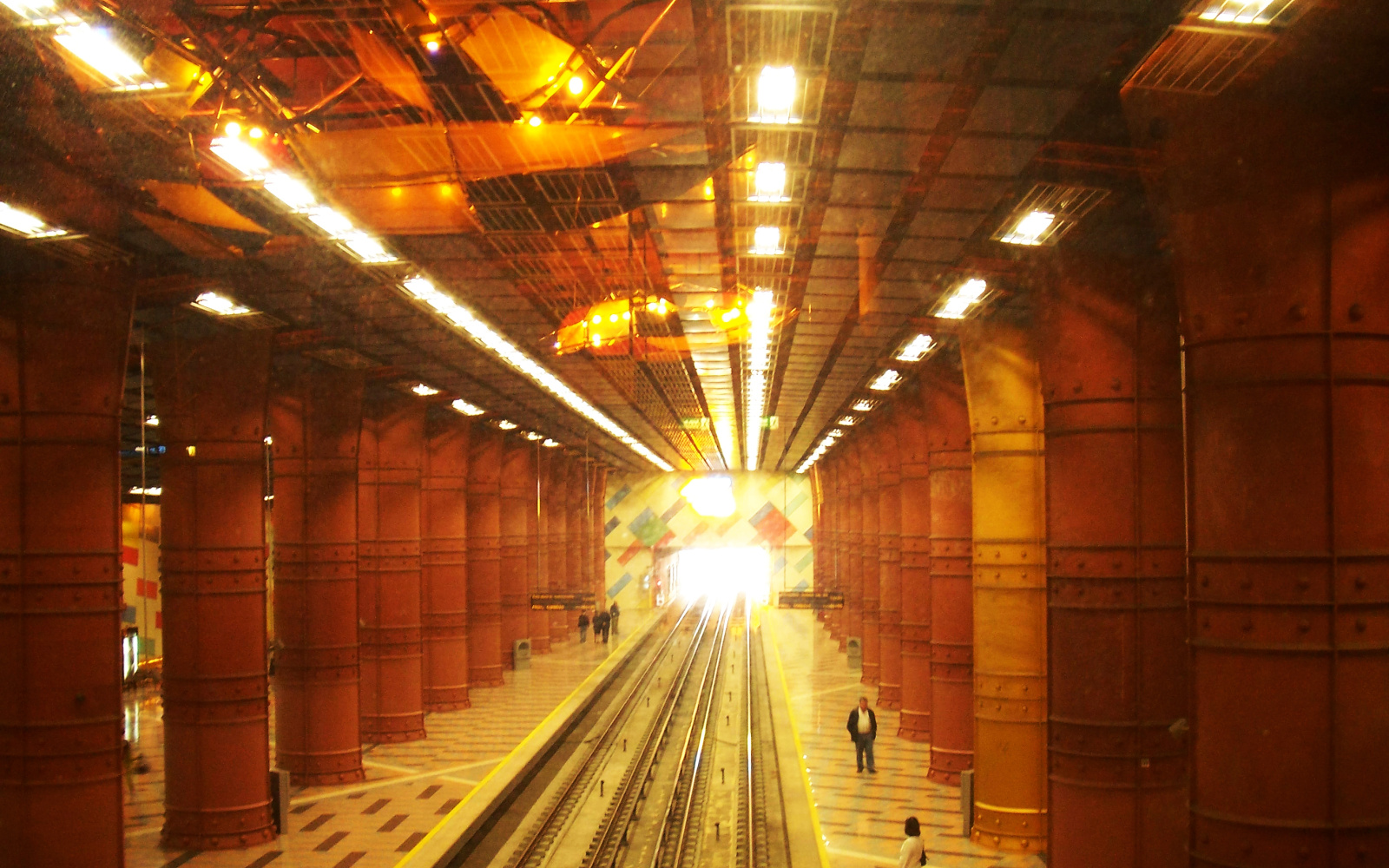Blandine Joret
From »Showing« to »Signifying« | Stereoscopy and Intellectual Depth
In conclusion to his seminal essay on the ontology of film, the French film critic André Bazin (1918-1958) writes that "on the other hand, cinema is also a language" (1958). Given his insistence on cinema’s immediate access to reality, is this recourse to language a contradiction, a reversal of his argument? In a lesser-known but equally substantive essay entitled »Language of Our Time« (1957), Bazin offers a productive solution to this dichotomy. More specifically, he outlines the pedagogy embedded in cinematic realism, which oscillates from "showing" (concrete) to "signifying" (abstract) - a view Bazin solidifies by differentiating »L’Entrée du train en gare de la Ciotat« (Lumière, 1895) from the famed train sequence in »La Bête humaine« (Renoir, 1940). A similar line of thought and, indeed, the exact same film examples accompany his prescient views on 3-D cinema: to use Bazin’s words, "the imaginary image" of stereoscopy is both concrete (because more real) and abstract ("imaginary", created in our brain). From a physiological perspective, 3D cinema, being the instantaneous combination of two slightly diverging perspectives (the left and the right), involves particular cerebral activities that are less crucial in “flat cinema”. In this article, I take Bazin’s views on stereoscopy, pedagogy and film language as a starting point for a discussion on the return of 3D in contemporary cinema. Instead of assuming its mind-numbing, immersive effects, this talk addresses three dimensionality in terms of increased spatial as well as intellectual depth.
Dr. Blandine Joret received her PhD with highest honors in Media Studies at the University of Amsterdam (ASCA), where she is currently adjunct professor. Her dissertation is an in-depth exegesis of André Bazin's film criticism, in which she explains the significance of several references in his oeuvre to religious, scientific and poetic frameworks. Blandine’s current research looks at the intersection of media literacy and pedagogy, with a specific emphasis on realism and stereoscopy in contemporary visual art.
